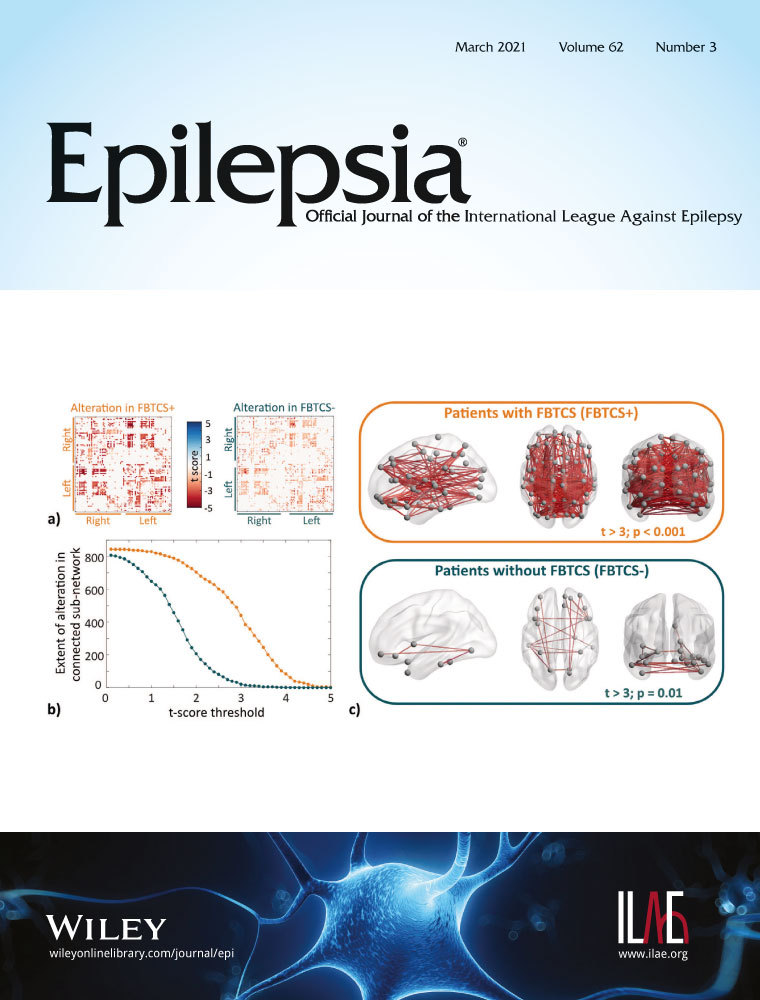Patterns of benzodiazepine underdosing in the Established Status Epilepticus Treatment Trial
Part of this work was presented as an abstract at the London Innsbruck Colloquium on Status Epilepticus and Acute Seizures, Salzburg, Austria, April 6–8, 2017 and published in Academic Emergency Medicine in May 2019 with the following citation: Sathe AG, Tillman H, Coles LD, et al. Underdosing of benzodiazepines in patients with status epilepticus enrolled in Established Status Epilepticus Treatment Trial. Acad Emerg Med. 2019;26(8):940–3.
Abstract
Objective
This study was undertaken to describe patterns of benzodiazepine use as first-line treatment of status epilepticus (SE) and test the association of benzodiazepine doses with response to second-line agents in patients enrolled in the Established Status Epilepticus Treatment Trial (ESETT).
Methods
Patients refractory to an adequate dose of benzodiazepines for the treatment of SE were enrolled in ESETT. Choice of benzodiazepine, doses given prior to administration of second-line agent, route of administration, setting, and patient weight were characterized. These were compared with guideline-recommended dosing. Logistic regression was used to determine the association of the first dose of benzodiazepine and the cumulative benzodiazepine dose with the response to second-line agent.
Results
Four hundred sixty patients were administered 1170 doses of benzodiazepines (669 lorazepam, 398 midazolam, 103 diazepam). Lorazepam was most frequently administered intravenously in the emergency department, midazolam intramuscularly or intravenously by the emergency medical services personnel, and diazepam rectally prior to ambulance arrival. The first dose of the first benzodiazepine (N = 460) was lower than guideline recommendations in 76% of midazolam administrations and 81% of lorazepam administrations. Among all administrations, >85% of midazolam and >76% of lorazepam administrations were lower than recommended. Higher first or cumulative benzodiazepine doses were not associated with better outcomes or clinical seizure cessation in response to second-line medications in these benzodiazepine-refractory seizures.
Significance
Benzodiazepines as first-line treatment of SE, particularly midazolam and lorazepam, are frequently underdosed throughout the United States. This broad and generalizable cohort confirms prior single site reports that underdosing is both pervasive and difficult to remediate. (ESETT ClinicalTrials.gov identifier: NCT01960075.)
CONFLICT OF INTEREST
All authors were supported by the ESETT study grant from NIH/NINDS (U01NS088034). L.D.C. reports grants from NINDS during the conduct of the study, and personal fees from Neurelis Pharmaceuticals and grants from Sollievo outside the submitted work; H.R.C. reports grants from NINDS during the conduct of the study; and personal fees from Sage Pharmaceuticals, Eisai Europe, UCB Pharma, UK Epilepsy Nurse Specialist Association, and Bial and nonfinancial support from Special Products, International League Against Epilepsy, Epilepsy Certification (education) Task Force, and European Academy of Neurology outside the submitted work; N.B.F. reports grants from NINDS during the conduct of the study; and grants from SK Lifesciences, Neurelis, Takeda, GW Pharma, Biogen, and UCB outside the submitted work. S.S. reports grants from NINDS during the conduct of the study; and personal fees from UCB Pharma, Eisai, and Insys outside the submitted work. E.S.R. reports grants from NINDS and the Department of Defense and personal fees from UCB Pharma and Ceribell during the conduct of the study. J.C.C. reports a grant from NINDS during the conduct of the study, and personal fees from Neurelis Pharmaceuticals and grants from Sollievo outside the submitted work; J.C.C. has a patent entitled "Intranasal Drug Delivery." None of the other authors has any conflict of interest to disclose.




